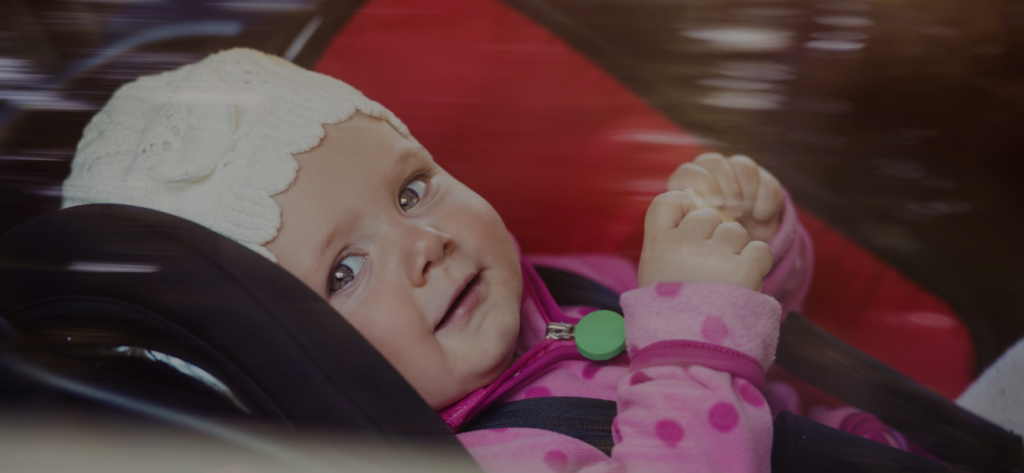Not all cars are designed the same, and that means parents oftentimes make unique alterations to ensure their child’s car seat is secure. Blankets and towels are often shoved underneath the car seat to level them off, but new research suggests this practice can make proper installation more difficult.

In an effort to see why so many parents are making makeshift alterations to their child’s car seat, researchers at the Ohio State University College of Medicine analyzed 61 vehicles and 59 car seats currently on the market. Data from the nearly 3,600 potential seat-vehicle combinations revealed some shocking findings. According to researchers:
- Child car seats and vehicles don’t align more than 40 percent of the time.
- Child car seats fit properly between the vehicle’s seat pan angle and the car seat manufacturer’s required base angle in 63 percent of rear-facing combinations and 62 percent of the time in forward-facing combinations.
- Forward facing child car seats bumped up against the vehicle’s headrest in more than 33 percent of combinations.
Researchers said all the child car seats have passed federal regulations, but the vehicle’s seat angle may be jeopardizing child safety, as improper seat installation is one of the leading causes of injury during a car accident.
“I want to emphasize that all car seats are safe and have passed federal regulations. But, to really optimize the safety of a child’s car seat and provide the best protection for the child, one must make sure it fits properly in the vehicle,” said Julie Bing, lead author of the study and research engineer at Ohio State College of Medicine’s Injury Biomechanics Research Center.
Bing said a lot of research can be done online, but she cautioned parents to take measurements of their vehicle and their child’s seat options to ensure the seat isn’t misaligned when it’s installed.
“We want to encourage parents to take measurements of their car in order to make the most informed decision when choosing the safest car seat option for their child,” Bing said. “We recommend parents go to the store and ask if they can take the model off the shelf and go out to their car and try it. It might look great on the shelf and have all the greatest safety ratings but, if it doesn’t fit in your vehicle, it may not be the best option for you.”
Researchers concluded that the goal of the study was two-fold; to help parents understand that their car seat may be installed incorrectly, and to pass along the information to car manufacturers. They hope it will help designers make more compatible car designs.
- Why The McKenzie Method Can Be So Effective For Treating Back Pain - March 26, 2025
- 5 Ways To Keep Your Whole Family Active And Healthy - March 24, 2025
- What Patients Are Saying About Our Personalized Approach To Physical Therapy - March 18, 2025
